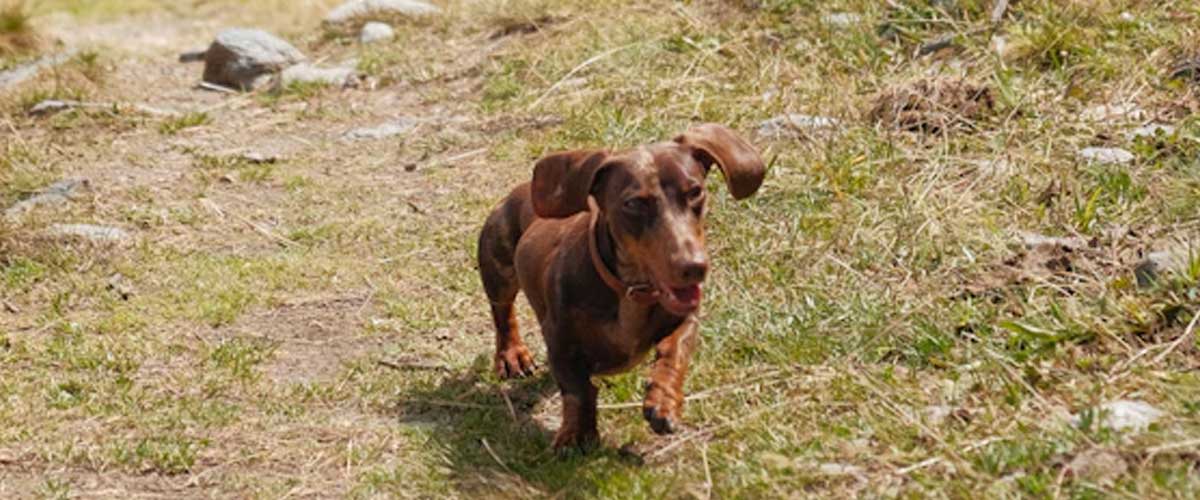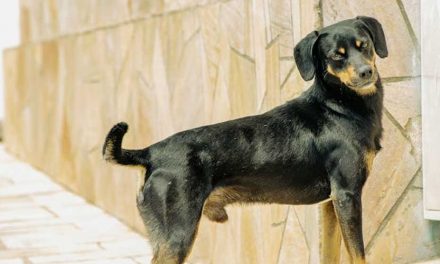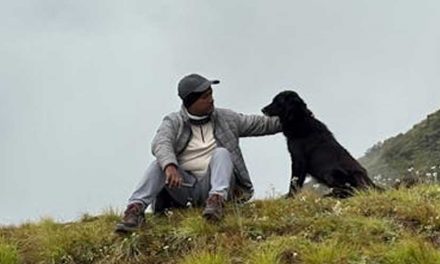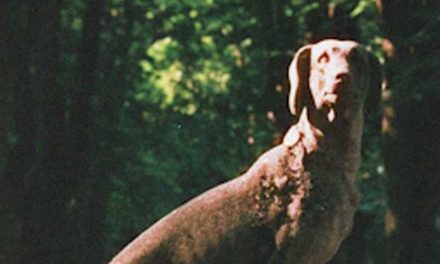The Alpine Dachsbracke is a distinctive dog breed originating from the alpine regions of Austria and Germany.
Known for its attractive appearance, friendly demeanor, and strong hunting instincts, this breed has charmed dog lovers and hunters alike for centuries.
History and Origins
The Alpine Dachsbracke’s history traces back to the 14th century, where it was developed primarily as a hunting companion.
Bred from a mix of dachshund-like dogs and various other hound breeds, it was specially engineered to excel in the demanding terrains of the Alps.
This breed has proven its worth particularly in tracking game, demonstrating a remarkable ability to follow scents and navigate challenging landscapes.
Appearance
The Alpine Dachsbracke is a medium-sized breed, standing between 12 to 15 inches at the shoulder.
They have a sturdy build with a slightly elongated body, reminiscent of their dachshund ancestry, but with more muscular and balanced proportions.
Their coat is typically short and dense, often seen in a variety of colors including tri-color, reddish-brown, or black and tan.
Their expressive eyes and long ears add to their appealing look, contributing to their friendly and alert expression.
Temperament
These dogs are known for their affectionate and sociable nature.
The Alpine Dachsbracke is typically good with children and can get along well with other pets, making them a suitable family companion.
They are natural hunters, so they often have a strong prey drive and enjoy outdoor activities.
However, this also means that they thrive in environments where they can exercise and engage in activities that stimulate their minds.
Health and Care
As with any breed, it is essential to consider the health and care needs of the Alpine Dachsbracke.
Generally, they are a healthy breed with a lifespan ranging from 12 to 14 years. Regular veterinary check-ups and a balanced diet are crucial for maintaining their health.
Additionally, due to their hunting background, they benefit from regular exercise and mental stimulation—daily walks, playtime, or engaging games can help keep them happy and healthy.
Training
Training an Alpine Dachsbracke can be a rewarding experience, though it may require patience and consistency.
Early socialization and obedience training are essential, as these dogs can be independent thinkers.
Positive reinforcement methods work best—using treats, praise, and encouragement can help shape their behavior effectively.
Conclusion
The Alpine Dachsbracke is a remarkable breed that embodies the spirit of the alpine regions from which it hails.
With its blend of charm, intelligence, and loyalty, this dog makes a wonderful companion for active families and individuals.
If you’re considering welcoming an Alpine Dachsbracke into your home, be prepared for a loving and energetic family member who enjoys both adventure and companionship.













